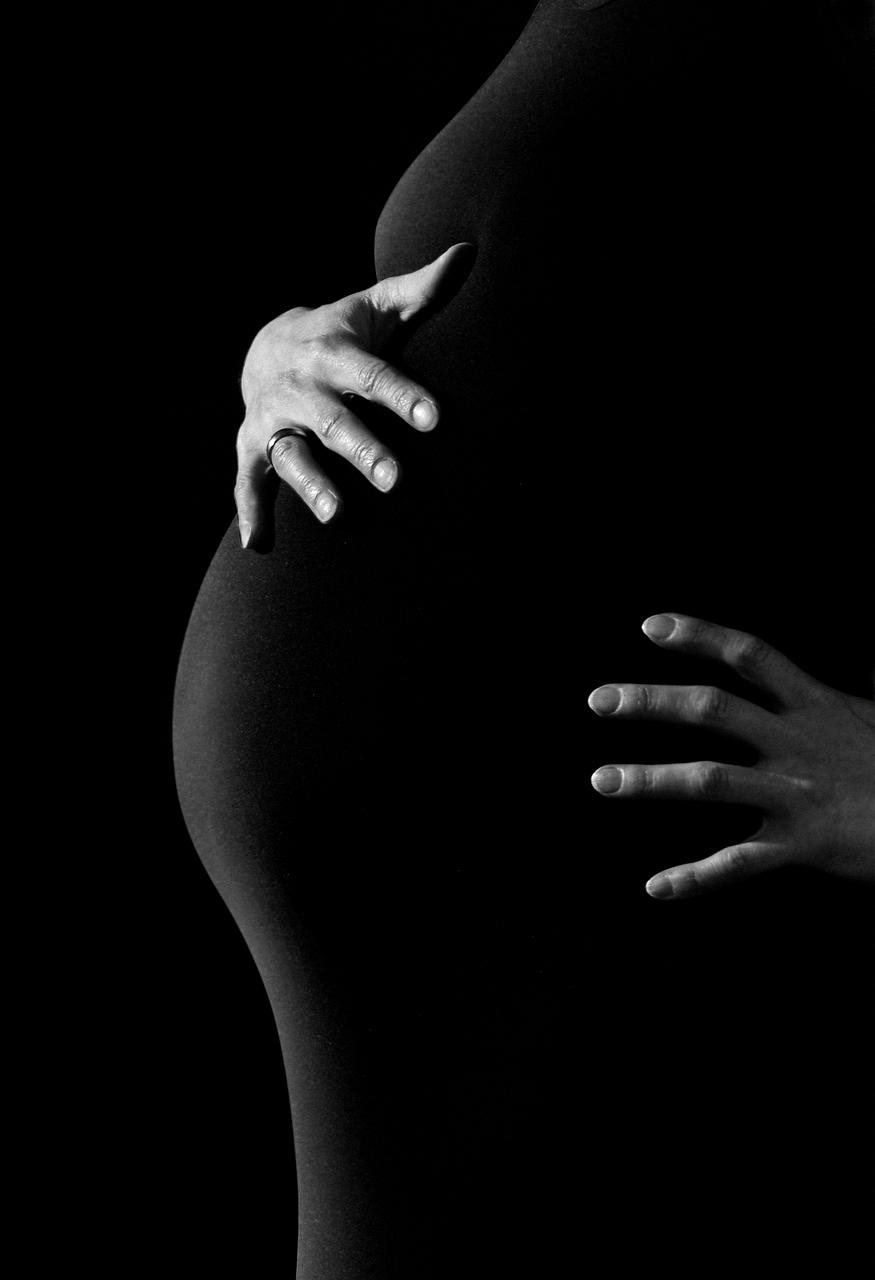When figuring out the day in pregnancy, it is essential to consider the method used for tracking the timeline. In traditional pregnancy dating, the starting point is not the actual date of conception but rather the first day of the woman’s last menstrual period. This approach aligns with the average menstrual cycle length, which is around 28 days.
Beginning of Pregnancy
As mentioned, the day of pregnancy is counted from the first day of the last menstrual period. This is due to the uncertainty surrounding the exact date of conception, which typically occurs approximately two weeks after the start of the last period. Therefore, by using the last menstrual period as a reference point, healthcare providers can establish a more standardized and consistent calculation method.
Trimester Breakdown
Pregnancy is often divided into three distinct stages, known as trimesters, each lasting approximately three months. The first trimester spans from conception to around 12 weeks, encompassing crucial developments such as the formation of the baby’s major organs. The second trimester extends from week 13 to week 27, marked by continued growth and the onset of fetal movements.
Significance of Gestational Age
Understanding pregnancy day is closely linked to the concept of gestational age, which refers to the duration of the pregnancy counted from the first day of the last menstrual period. This metric guides healthcare practitioners in assessing fetal development and determining the appropriate timing of prenatal care interventions.
Maternal Health Monitoring
Accurate tracking of pregnancy day is vital for monitoring the health and well-being of both the mother and the developing fetus. By estimating the gestational age correctly, healthcare providers can identify potential issues early on, such as growth abnormalities or pregnancy complications, and implement suitable management strategies.
Ultrasound Dating
In some cases, healthcare providers may supplement menstrual dating with ultrasound examinations to obtain a more precise estimation of the pregnancy day. Ultrasounds offer detailed insights into fetal growth and development, helping to confirm the expected due date and detect any anomalies that may require further evaluation.
Prenatal Care Planning
Accurately determining the day in pregnancy is fundamental for planning comprehensive prenatal care that addresses the specific needs of both the expectant mother and her baby. From scheduling routine medical appointments to organizing prenatal screenings and tests, a well-defined timeline enhances the effectiveness of healthcare interventions.
Importance of Due Date
The calculated day in pregnancy also plays a critical role in establishing the anticipated due date, which serves as a reference point for preparing for childbirth and postpartum care. Expectant parents can use this information to make practical arrangements and emotional preparations leading up to the delivery.
Maternal Nutrition and Development
Closely monitoring the progression of pregnancy day allows healthcare providers to guide expectant mothers in maintaining optimal nutrition and promoting healthy fetal growth. Tailored dietary recommendations and lifestyle advice based on gestational age support maternal well-being and contribute to the baby’s overall health.
Emotional Support and Preparation
As pregnancy advances, understanding the day in pregnancy fosters emotional readiness for the impending arrival of the newborn. Expectant parents can engage in bonding activities, prepare the home environment, and seek emotional support from loved ones to navigate the transition to parenthood smoothly.
Continuity of Care
Establishing a clear timeline based on the day in pregnancy promotes continuity of care throughout the prenatal period, childbirth, and postpartum recovery. By maintaining consistent communication with healthcare providers and adhering to recommended guidelines, expectant families can ensure the best possible outcomes for mother and baby.
Conclusion
In conclusion, determining the day in pregnancy involves calculating from the first day of the woman’s last menstrual period and tracking the gestational age throughout the trimesters. This approach facilitates comprehensive prenatal care, maternal health monitoring, and emotional preparation for childbirth. By understanding the significance of pregnancy day, expectant parents can embark on the journey to parenthood with confidence and support.

